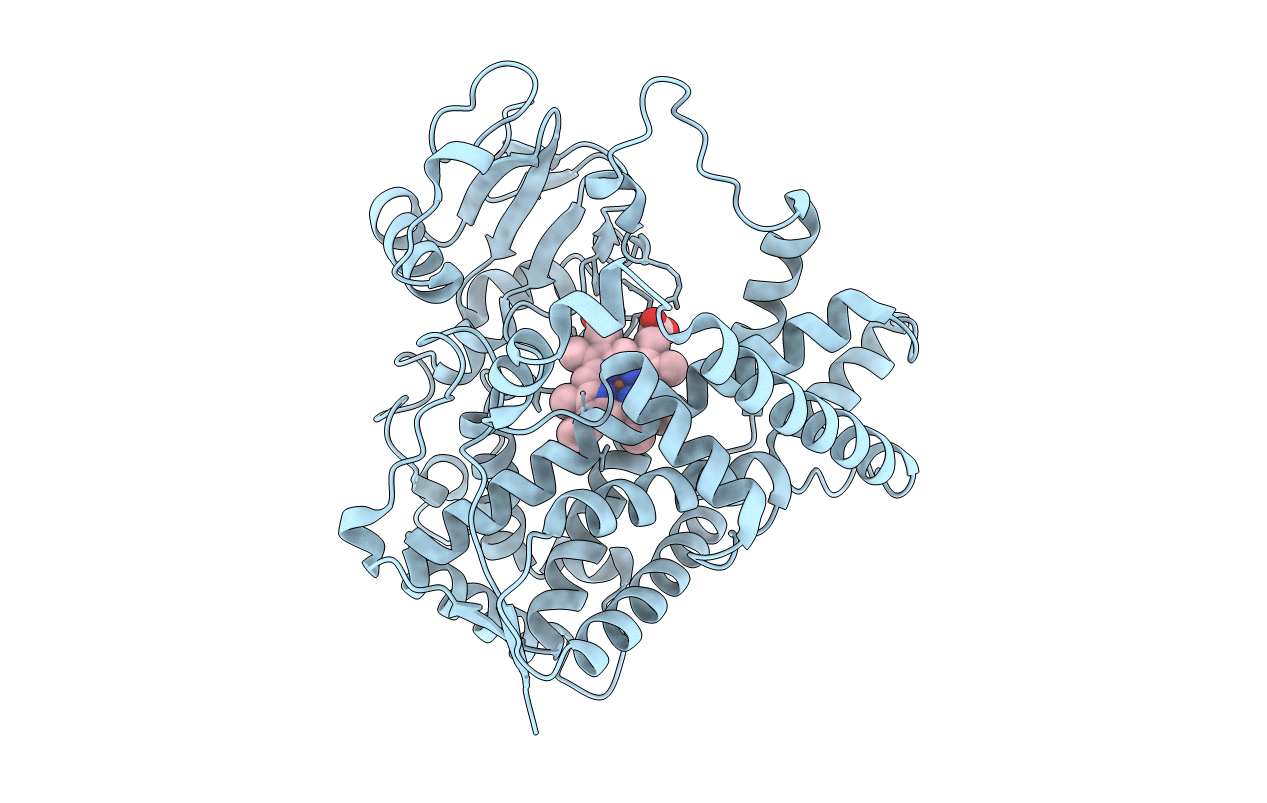
Deposition Date
2003-06-13
Release Date
2003-10-07
Last Version Date
2023-08-16
Entry Detail
Biological Source:
Source Organism:
Oryctolagus cuniculus (Taxon ID: 9986)
Host Organism:
Method Details:
Experimental Method:
Resolution:
1.60 Å
R-Value Free:
0.28
R-Value Observed:
0.21
Space Group:
C 2 2 21


